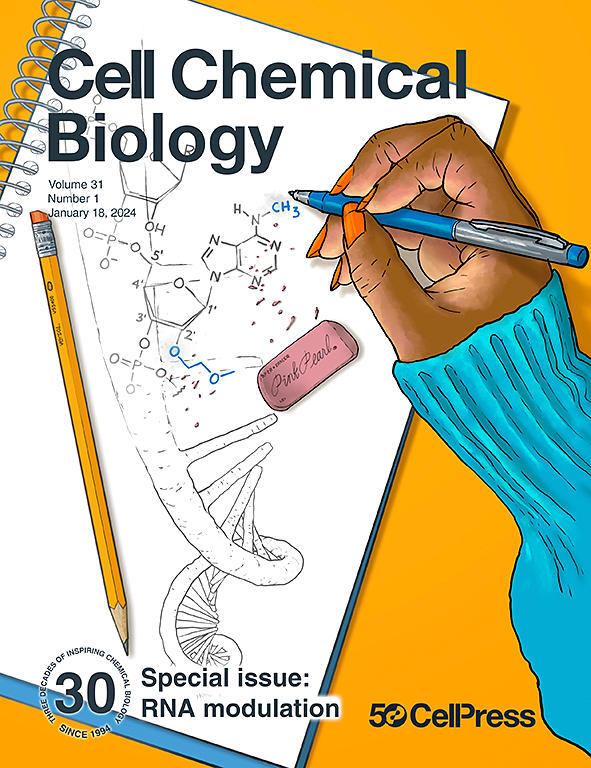block -1和BORC:内溶酶体动力学的复杂调节因子
IF 7.2
1区 生物学
Q1 BIOCHEMISTRY & MOLECULAR BIOLOGY
引用次数: 0
摘要
内溶酶体是一种动态细胞器,在其一生中沿着细胞骨架、融合、裂变和管化进行运动。这些过程是由复杂的分子机制调控的,包括结构相关的异八聚体block -1和BORC。block -1与早期核内体结合,介导溶酶体相关细胞器(LROs)的生物发生,如黑素小体和血小板致密体。因此,block -1亚基突变导致Hermansky-Pudlak综合征(HPS),这是一种以色素沉着缺陷和出血异常为特征的疾病。相反,BORC与溶酶体、晚期核内体和突触囊泡前体结合,促进它们沿微管运输。BORC还调节内溶酶体与其他内溶酶体以及吞噬体和自噬体的融合。BORC亚基突变导致人类严重的神经发育障碍。在这篇文章中,我们回顾了最近关于block -1和BORC的结构、进化、生理作用和调控的研究进展,强调了它们在维持内溶酶体组织和功能方面的重要作用。本文章由计算机程序翻译,如有差异,请以英文原文为准。
BLOC-1 and BORC: Complex regulators of endolysosomal dynamics
Endolysosomes are dynamic organelles that undergo movement along the cytoskeleton, fusion, fission, and tubulation during their lifetime. These processes are regulated by complex molecular machineries, including the structurally related hetero-octameric complexes BLOC-1 and BORC. BLOC-1 associates with early endosomes to mediate the biogenesis of lysosome-related organelles (LROs), such as melanosomes and platelet dense bodies. Accordingly, mutations in BLOC-1 subunits cause Hermansky-Pudlak syndrome (HPS), a disorder characterized by pigmentation defects and bleeding abnormalities. In contrast, BORC associates with lysosomes, late endosomes, and synaptic vesicle precursors, promoting their transport along microtubules. BORC also regulates endolysosome fusion with other endolysosomes, as well as with phagosomes and autophagosomes. Mutations in BORC subunits cause a severe neurodevelopmental disorder in humans. In this article, we review recent progress in the elucidation of the structure, evolution, physiological roles, and regulation of BLOC-1 and BORC, highlighting their critical contributions to maintaining endolysosomal organization and function.
求助全文
通过发布文献求助,成功后即可免费获取论文全文。
去求助
来源期刊

Cell Chemical Biology
Biochemistry, Genetics and Molecular Biology-Molecular Medicine
CiteScore
14.70
自引率
2.30%
发文量
143
期刊介绍:
Cell Chemical Biology, a Cell Press journal established in 1994 as Chemistry & Biology, focuses on publishing crucial advances in chemical biology research with broad appeal to our diverse community, spanning basic scientists to clinicians. Pioneering investigations at the chemistry-biology interface, the journal fosters collaboration between these disciplines. We encourage submissions providing significant conceptual advancements of broad interest across chemical, biological, clinical, and related fields. Particularly sought are articles utilizing chemical tools to perturb, visualize, and measure biological systems, offering unique insights into molecular mechanisms, disease biology, and therapeutics.
 求助内容:
求助内容: 应助结果提醒方式:
应助结果提醒方式:


